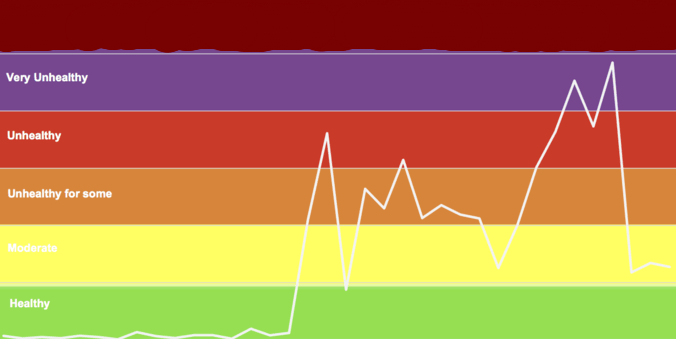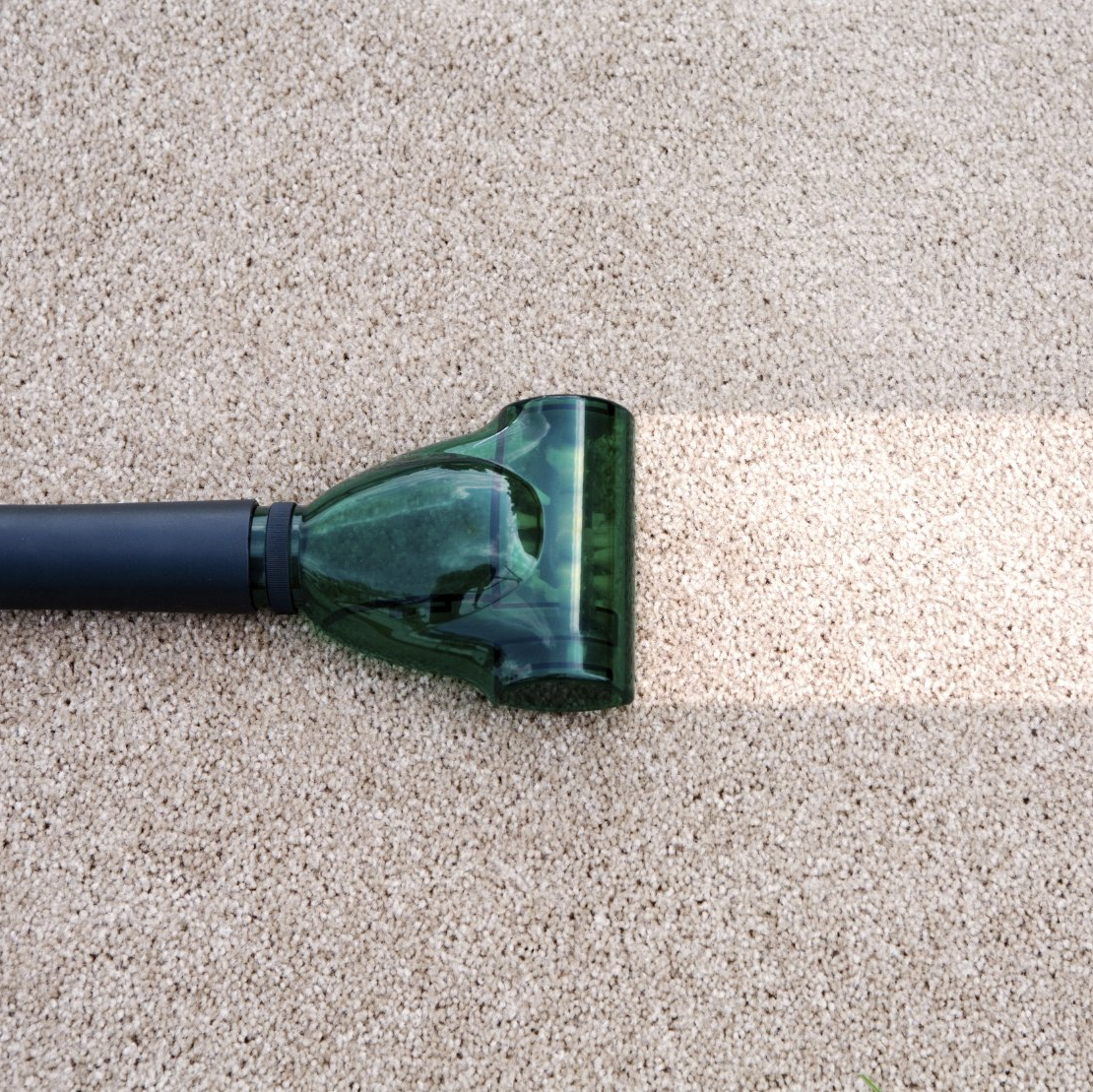How do ASTM Level 3 masks stack up against the competition?
Filtration
When talking about face mask effectiveness, we like to break things down into the
three Fs: filtering materials, facial coverage, and fit. While filtration is not the most important of the three, it is usually the first thing people ask about, so let’s start there. Just be sure to keep reading, because even though contemporary Level 3 masks can compete with the big boys on filtration material and coverage, they tend to be outclassed when it comes to fit.
Level 3 Surgical Masks
By now you’ve probably heard the refrain that surgical masks are designed as barriers against fluids, not as barriers against airborne particles. Traditionally this is true. From a regulatory perspective, FDA-approved surgical masks, even the mighty ASTM F2100 Level 3s, are not guaranteed to filter the same degree of fine aerosols as N95 or F3502-type masks. For you upper-level mask nerds, a certified Level 3 mask is tested against particles 600 nm (0.6 microns) in diameter, around
10 times the size of the particles used in the N95/F3502 test.
There’s now
plenty of evidence that COVID can spread via much smaller particles than the kind surgical masks are designed to protect against. As a result, surgical mask manufacturers are racing to get their scrubs tested to the more rigorous levels required by the N95 standards. In fact, some level 3 masks score impressively well on these tests, achieving filtration efficiency comparable to N95 (or KN95) respirators in the ultra-fine aerosols range (75nm / .075 microns).* The caveat? These are the pre-fit scores. Keep reading, or scroll to the fit section below.
| Level 1 |
>95 |
Not required |
.6 Microns (Lower) / 2 Microns (Upper) |
| Level 2 |
>98 |
Not required |
.6 Microns (Lower) / 2 Microns (Upper) |
| Level 3 |
>98 |
Not required |
.6 Microns (Lower) / 2 Microns (Upper) |
| Level 3 |
>98 |
Not required |
.6 Microns (Lower) / 2 Microns (Upper) |
N95 Respirators
N95 masks are the workhorse of respirators, and that’s because they work. A certified N95 respirator must filter at least 95% of particulates in that same ultra-fine aerosol range. The tradeoff with this consistently high degree of protection is reduced airflow, so people with certain pre-existing conditions are not advised to use medical-grade respirators on an ongoing basis.
PM2.5 Filter Masks
Unlike medical respirators and Level 3 surgical masks, a fitted mask with a pocket for a
pm2.5 filter is designed to work in conjunction with the filter insert, and vice versa. This unique approach can be confusing, and because pm2.5 filter masks are engineered to a Chinese standard rarely used outside of Asia, there isn't as much laboratory data for western consumers to evaluate when considering their mask options.**
Our advice? Think of a pm2.5 filter mask as a multi-layered fabric mask equipped with many of the
facemask elements recommended by the CDC, but enhanced with a powerful electrostatic barrier that covers most of the mask’s face. The lab test for the pm2.5 filter itself is essentially the same as the N95 test, and
a certified pm2.5 filter, like the ones produced by Puraka, can score as high as 99% on standalone efficiency testing.
Of course, because a PM2.5 filter isn't airtight, 99% isn’t the real score. Just like the Level 3 surgical masks that score high on materials filtration, you have to test for fit and leakage to know if the mask actually works. That's one of the main differences between a pm2.5 filter mask and a level 3 surgical mask: the pm2.5 mask standards require leakage to be part of the test, which we’ll discuss in the fit section. We’re getting there, we promise!
Looking for masks that meet ASTM F3502, the gold standard for fine aerosol filtration?
-
American-Made Essential Masks
Premium-quality designer masks, professionally made in the United States to the highest protection standard available for fabric masks.
-
Essential Basics
Affordable high-quality masks engineered for an optimal balance of comfort and protection.
-
Active-style Masks
Lightweight active masks with the protection of fitted cotton and a PM2.5 carbon filter.
Face Coverage:
Fit:
Level 3 Surgical Masks
When considering Level 3 Surgical Masks, the most important factor to know and understand is how well these masks work when you factor in fit. Remember, unlike N95 and PM2.5 masks, Level 3 certification for surgical masks measures only the material itself, and doesn't account for how well the mask filters when worn on your face.
The ASTM F2100 specification offers up this caveat clearly, saying it “only evaluates the materials used in the construction of the medical face mask, and not the seal." The testing language under ASTM F2299 is even more explicit, stating: "the integrity of the seal to the wearer's face is not evaluated in this test".
To illustrate how much fit impacts a Level 3 Surgical Mask’s
true
filtration efficiency, let’s go back to the Level 3 masks mentioned above. These were the ones that scored similarly to a KN95 or N95 mask on a materials-only basis.
In one case, a popular FDA-approved Level 3 mask that scored 92% prior to fit testing, dropped to 77% when measured to account for fit. In another case, a well-known Level 3 mask that surpassed 90% on a materials-only basis filtered
only 11%
of particulate matter when worn by a real human being. This shows the dramatic difference between a surgical mask with good fit, and one with too many gaps. Mask tester
Aaron Collins’ youtube channel shows a few of the tests.
| Sample One |
91% |
11% |
| Sample Two |
92% |
77% |
N95 Respirators
N95 masks are in a league of their own when it comes to fit, and this is by design. Under the NIOSH standards, N95 respirators must be fitted to the individual wearer in order to minimize gaps and create a seal between the wearer’s face and the outside world. When correctly fitted, an N95 mask achieves a filtration efficiency practically impossible to achieve with a Level 3 Surgical Masks or cloth mask and PM2.5 filter.
On the other hand,
studies strongly suggest that because N95-type masks are rigid, even the very smallest gaps can cause them to lose a disproportionate amount of filtration compared to more flexible fabric masks. If you needed another reason to stay away from N95s - besides the fact that medical respirators are still in short supply and needed by health care professionals - this fact should be reason enough!
Are There Other Options to Consider?
A few other types of masks worth knowing - especially if you're a mask nerd - are "FFP2", "KN95" and "KF94". These are professional respirators similar to the N95, but certified under overseas regulations. There's two upsides to these professional respirators we would point out: first, they are comparable to an N95 in terms of filtration, and second, we understand that unlike N95 testing, which assumes the wearer’s head is fixed in place, the fit testing for FFP2 and KF94 masks must account for movement. In our view, this kind of testing is more appropriate for real-world conditions, including kids who fidget.
The downside tends to be increased breathing resistance, consistent with the fact that these are medical-grade respirators that were not originally designed for regular use by the general public. In our experience, the KF94 may be an exception to this rule.
Takeaway on FDA Level Three Surgical Masks
There seem to be some really good Level 3 surgical masks out there, but it's important to keep in mind the FDA and ASTM F2100 certification on their own will not tell you much about whether the mask actually filters... the official standard only tells you about the material itself. This kind of makes sense if you think about a surgical mask's original purpose. They are designed to stop liquid droplets, and if the droplets break apart when they hit the material, the surgical mask should be reasonably expected to prevent most of the smaller particulates from finding their way through the fabric.
Ultimately, when comparing surgical Level 3 masks, PM2.5 filter masks, and N95 respirators, there are benefits and downsides to all three. However, we do recommend against using a Level 3 surgical mask unless you've seen test results that show a high degree of filtration even after accounting for fit.
Along those lines, there’s a growing interest in “harnessed” Level 3 masks, which might do a better job at minimizing gaps than surgical masks with ear loops. If any of our readers have come across test data for ASTM Level Three surgical masks that use harnessed head straps rather than ear straps, we'd love to see it, so please let us know!
How Do Puraka Masks Compare?
Puraka's "Breathe" and "Essential" line of masks meet the CDC-recognized ASTM F3502 standard for both filtration and breathability. We do incorporate certain elements of the traditional PM2.5 masks, including the medical-grade polypropylene lining.
See our
F3502 labels and review our test results.
* Because level 3 surgical masks tend to fall short in filtration efficiency when accounting for fit, we decided against naming the brands. Check out
Aaron Collin’s youtube channel to see the actual masks tested.
** PM2.5 masks are regulated by the Chinese
GB/T 32610 standard.




















